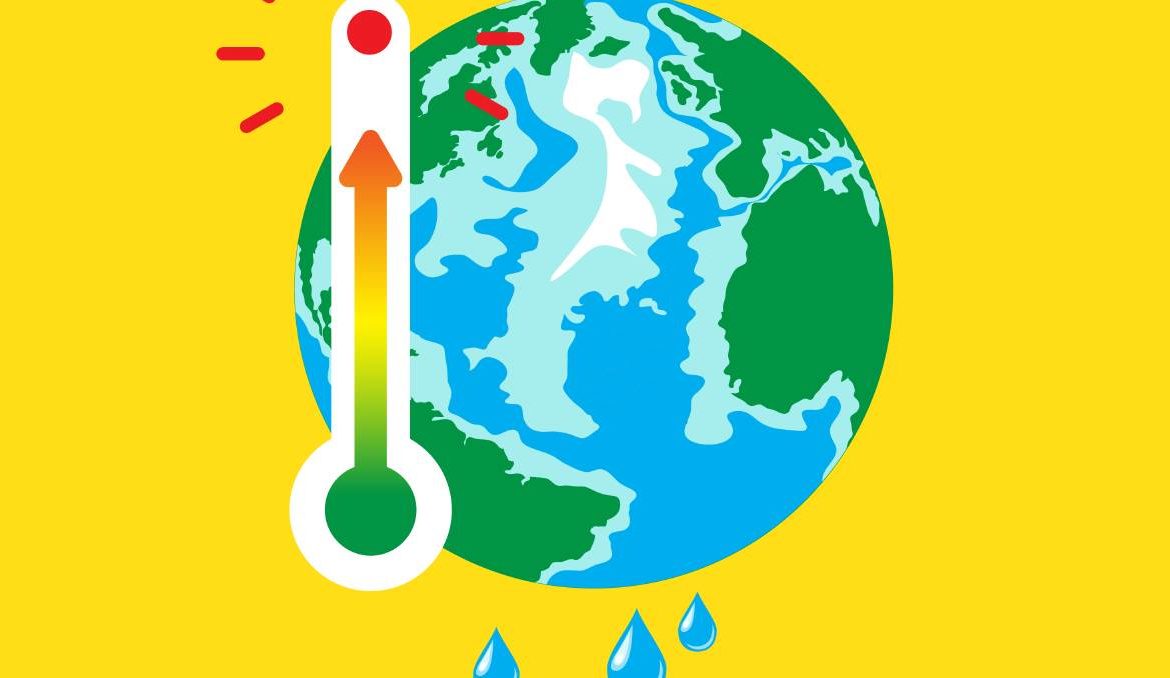news, latest-news, rod taylor, climate change, plenetary boundaries, book, Ten Journeys on a Fragile Planet
Imagine how complicated it is to keep an aircraft in the sky. There are a range of parameters that a pilot needs to maintain within boundaries if the plane is to remain stable. There are a few of these parameters, such as airspeed, roll, pitch, yaw, load and so on. If the plane slips outside any of those, it will become unstable and will crash without urgent corrective action. That’s an approximate analogy when viewing the Earth as an entire system. And, like an airplane, if the planet is pushed too far out of kilter, it will become unstable. The study of planetary boundaries aims to define a safe operating space for humanity. Stability is crucial for civilisation, not least because it has enabled a predictable environment for agriculture, cities and the economy. An entire industry has developed, for example, around wine growing districts in South Australia. Cities and towns have been built along shores on the assumption that sea level is reasonably constant. For the last 11,700 years the Holocene has provided a benign climate for humans. Although climate fluctuates from year to year (especially in Australia) it has done so within a limited range. Climate is one boundary that is now in the ‘red zone’ because it is no longer safe. Other boundaries that have been transgressed are biodiversity due to the current rate of species loss, and changes to the nitrogen cycle. In all, there are nine boundaries. Some are in the ‘green zone’ while others are in a ‘grey zone’ where they are not well understood. Collectively, the planetary boundaries are indicators that we are tipping the planet into a new geological epoch called the Anthropocene, which is likely to undermine the stability we have come to assume. Understanding planetary boundaries is inherently difficult because of the vast complexity of the Earth System, not least because each parameter interacts with the others. Some might not change in a smooth, linear fashion and instead flip suddenly. Regardless of the uncertainties, it’s a useful way to think about human impact on the planet. Ultimately, it’s a warning about the limits to growth of the human enterprise. The more optimistic view though, is that with this understanding, it is still possible to change our course. My book Ten Journeys on a Fragile Planet (Odyssey 2020) tells the stories of Australians who understand these challenges, and are working to address them.
/images/transform/v1/crop/frm/Z4Q6sUEHdcmw72MBPYgZkU/298ce7b3-f88b-4dc1-886b-a383c9ce130d.jpg/r0_652_3000_2347_w1200_h678_fmax.jpg
Climate is one boundary that is now in the ‘red zone’ because it is no longer safe. Picture: Shutterstock
Imagine how complicated it is to keep an aircraft in the sky. There are a range of parameters that a pilot needs to maintain within boundaries if the plane is to remain stable.
There are a few of these parameters, such as airspeed, roll, pitch, yaw, load and so on.
If the plane slips outside any of those, it will become unstable and will crash without urgent corrective action.
That’s an approximate analogy when viewing the Earth as an entire system. And, like an airplane, if the planet is pushed too far out of kilter, it will become unstable.
The study of planetary boundaries aims to define a safe operating space for humanity.
Stability is crucial for civilisation, not least because it has enabled a predictable environment for agriculture, cities and the economy. An entire industry has developed, for example, around wine growing districts in South Australia.
Cities and towns have been built along shores on the assumption that sea level is reasonably constant.
For the last 11,700 years the Holocene has provided a benign climate for humans. Although climate fluctuates from year to year (especially in Australia) it has done so within a limited range.
Climate is one boundary that is now in the ‘red zone’ because it is no longer safe. Other boundaries that have been transgressed are biodiversity due to the current rate of species loss, and changes to the nitrogen cycle.
In all, there are nine boundaries. Some are in the ‘green zone’ while others are in a ‘grey zone’ where they are not well understood.
Collectively, the planetary boundaries are indicators that we are tipping the planet into a new geological epoch called the Anthropocene, which is likely to undermine the stability we have come to assume.
Understanding planetary boundaries is inherently difficult because of the vast complexity of the Earth System, not least because each parameter interacts with the others.
Some might not change in a smooth, linear fashion and instead flip suddenly.
Regardless of the uncertainties, it’s a useful way to think about human impact on the planet.
Ultimately, it’s a warning about the limits to growth of the human enterprise. The more optimistic view though, is that with this understanding, it is still possible to change our course.
My book Ten Journeys on a Fragile Planet (Odyssey 2020) tells the stories of Australians who understand these challenges, and are working to address them.







